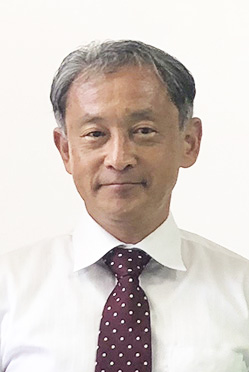Research Outline

Project Leader: Ikuro ABE
Professor, The University of Tokyo
Purpose of the Research Project
Natural products have been an important source of medicinal drugs. However, the number of natural products isolated using traditional isolation techniques is declining. Therefore, we need to develop new strategies to obtain new natural products. Recently, genome sequencing data for most living organisms have become available, which enable us to gain instant access to genes encoding biosynthetic enzymes. In addition, with the development of techniques for protein structure analysis, we can better understand the reaction mechanisms and substrate specificities of enzymes. As the tools (genetics and enzymology) and materials (genes and enzymes) are becoming available, natural products scientists are advancing from simply learning biosynthetic machinery to designing new blueprints for producing unnatural compounds. To supply sufficient quantities of the products, it is necessary to design microbial hosts for the expression of the biosynthetic genes. For this purpose, we will construct a new technology platform for the rational redesign of biosynthetic machinery with the help of knowledge and techniques from various research fields including enzymology, organic chemistry, protein, and structural and synthetic biology.
Content of the Research Project
In order to achieve our aims, we will set up three intensive research programs (A01-A03).
A01: Creation of Artificial Biosynthetic Machineries
Based on the structural information of enzymes, we will mutate and develop them into new biocatalysts. These biocatalysts will be employed to produce novel compounds using unnatural substrates and/or molecular probes. In addition, we will combine multiple reactions to produce compounds with complex structures.
A02: Construction of Biological Systems for Mass Production
We will establish a methodology to upregulate the production of metabolites whose yield is low in nature. For this purpose, in vivo activation of dormant biosynthetic pathways and heterologous expression will be employed. In order to construct a versatile host for heterologous expression, we will study the crosstalk between the primary and secondary metabolisms by manipulating precursor-supplying pathways in a model microorganism.
A03: Structure and Function of Biosynthetic Enzymes
We will exploit new biosynthetic pathways to find new biocatalysts. We will investigate in detail the reaction mechanisms of the focused enzymes using X-ray crystallography. Evolutionary analysis of biosynthetic genes and a genome editing method will also be employed in this investigation.
Expected Research Achievements and Scientific Significance
Enzymes are excellent at producing optically-active compounds. Their abilities to produce complex chemical structures are astonishing. Compared to chemical synthesis, enzymatic synthesis is more ecologically friendly, since it does not need an organic solvent. The disadvantages of enzymes are their high-substrate specificity and the difficulty of controlling their reaction mechanisms. Nowadays, these disadvantages may be overcome by understanding their catalytic mechanisms. In this project, we will establish a methodology to engineer the catalytic activity of enzymes to produce desired compounds, and utilize the resultant catalysts to produce compounds with an industrial-level yield. These achievements will pave a way to construct artificial biosynthetic pathways to produce supra natural products.



